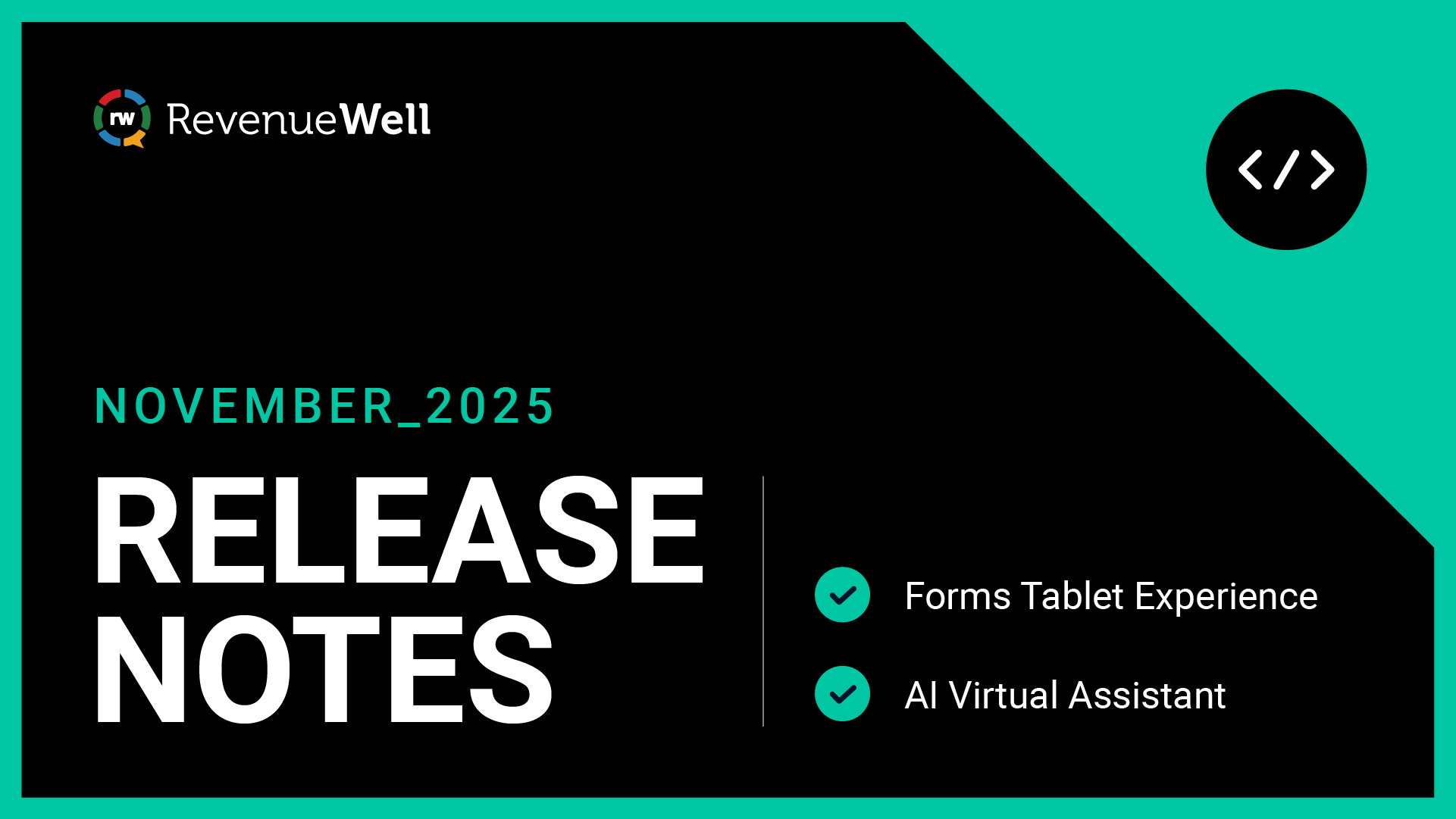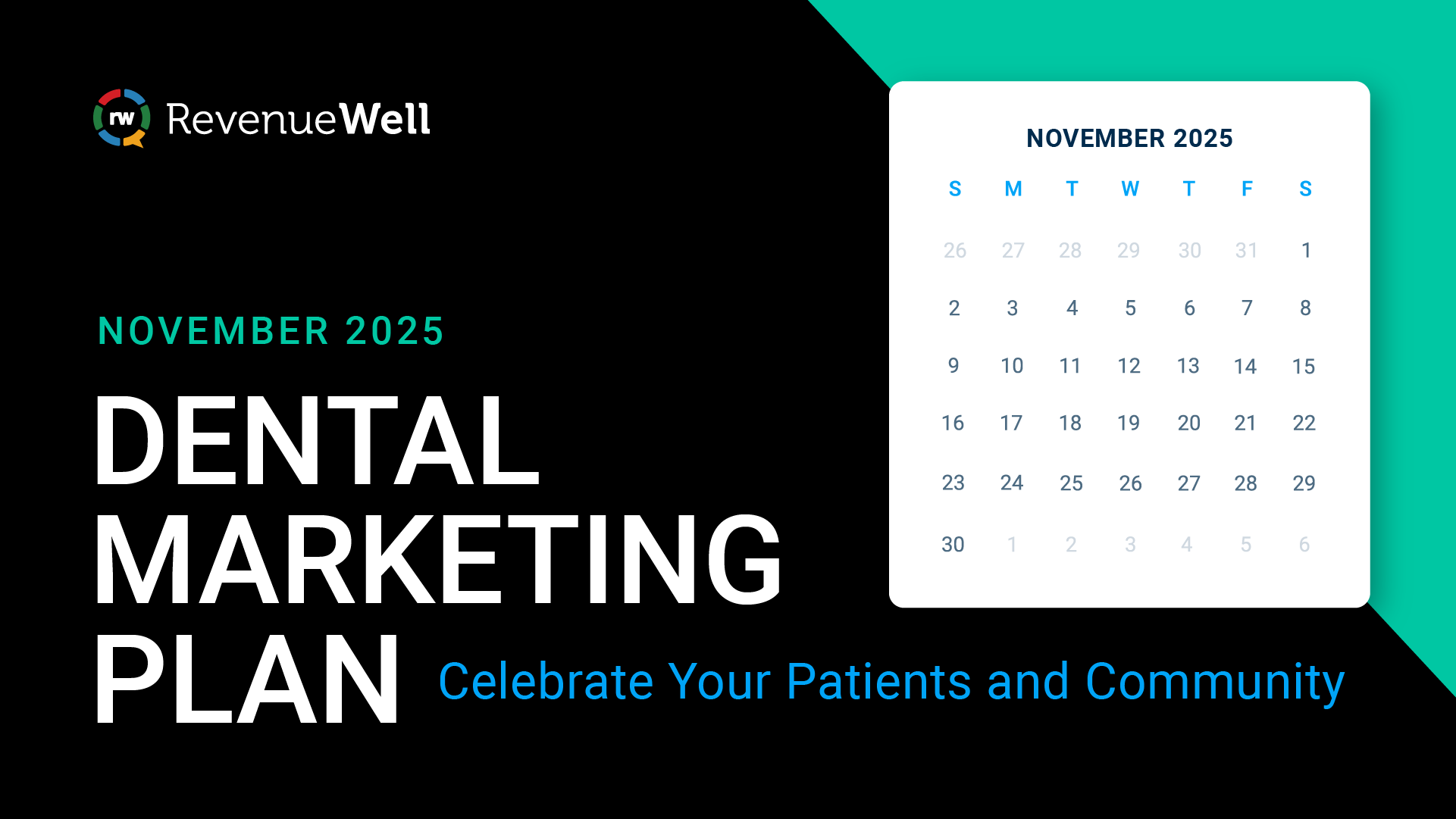Dental Marketing 101: Facebook Best Practices for Beginners

If you're new to the platform, or just need a refresher, these Facebook best practices will ensure that your dental practice's Facebook page is serving its purpose.
Facebook has transformed the way dentists do business. For most dental practices and (hopefully) all dental marketers, this is no secret.
As the most popular social network in the world, Facebook has 214 million users in the U.S. alone (66% of the population).
And despite recent negative press, people are still turning to Facebook to compare local dentists, find or leave reviews, and get the information they need to live a healthier life.
This means that having an active presence on Facebook is crucial to growing your dental practice.
Far from just another millennial marketing obligation, the Facebook Business Page is an incredible marketing tool that rewards businesses for being genuine and providing quality content.
The ultimate goal of your Facebook page should be to consistently communicate with patients in a relatable way.
From creating an account to sharing posts, and even when running ads, your Facebook Business Page can help you connect with patients on a daily basis.
Dental Marketing Benefits of Facebook
So what can Facebook really do for your practice? Before getting into the details of setting up your account, here are just a few ways a Business Page can take your practice to the next level.
Make your practice more inviting to patients
The best part about Facebook is its ability to connect you with patients in a more personal way.
Pictures of your team and office on your Facebook page give patients a glance into your practice. Meanwhile, posting on a regular cadence helps emboldens your practice's brand in a way that does not exist in offline marketing campaigns.
Tip: If you are just starting your practice, consider creating a Facebook page opening your physical doors. This is a great way to get drum up excitement about your practice and start with a full schedule!
Take part in local (or much larger) conversations
Beyond connecting with your patients, you can also follow and local and national groups on Facebook. This enables you to stay in the know and even add credibility to your practice.
For example, following local civic associations, high schools, and other businesses can expand your local reach. It shows that you care about the community.
On the other hand, following larger groups (for example, the American Dental Hygienists’ Association) gives insight to upcoming events and puts you more on the national radar.
Tip: Don't simply follow related businesses or brands, actually engage with their posts. Liking, commenting, and sharing helps increase the visibility of your page. It can also give you quality new followers and possibly new patients.
Access analytics and advertising opportunities
After you get your account is up and running, there are so many exciting opportunities to learn more about your patients. These insights will help you create more effective marketing campaigns.
Facebook Analytics is a tool that comes free with a Facebook Business Page. It gives detailed insights on who your followers are, what time of day they are online, their interests — the list goes on.
This information can help you run Facebook Ads, or simply create more effective Facebook posts to optimize your page.
Tip: Strike a balance between your practice and your followers' interests. This will maximize engagement with all your patients!

How to set up a Business Page for your practice
Now that you know the benefits of Facebook, you’re ready to get started! Setting up a Business Page only takes a couple of minutes and is easy to complete with these four steps.
1. Create your Facebook Business Page
Go to Facebook Business to create your account. After selecting a business category, you will be able to enter your practice’s name and address.
You can also choose a “Page Category.” Start typing keywords like “dental office” and the section will auto-populate with options to select.
2. Add a profile picture and cover photo.
After entering your basic information, you will be prompted to add a profile picture and a cover photo.
Your practice’s logo, pictures of you with your team, and smiling patient photos are all good options. Just make sure the photo you choose is high quality!
The goal of your profile and cover photo is to positively reflect your practice’s brand. Let's bring a smile to every patient’s face(book).
3. Make sure your “About” section is accurate and complete
Having accurate hours is crucial element of your Facebook profile.
Patience runs thin on social media, and there is no bigger turn-off than calling a business only to realize that its hours were marked incorrectly. So even if you update hours temporarily for the holidays or an emergency, make sure it is reflected in your profile.
In this “About” section, also be sure to fill out the short description about your practice. Include who you are and what sets you apart from other practices.
Remember: It's the little things that win patients over! This is the perfect opportunity to showcase your personality and care philosophy.
4. Start posting on your timeline
Once your profile is complete, create a few posts on your timeline before inviting anyone to like your page. This way it won't look completely barren.
Your timeline is your profile page — it is what patients and competitors will see when they visit your practice via social media. Posting photos, sharing blog posts you’ve written, and announcing new elective services are all great ways to be active on Facebook.
Creating a Facebook Business Page for your practice opens up a whole new world of dental marketing possibilities and is one of the best marketing strategies for any dental practice.
From creating an account page to learning a few basics, your practice will be able to create a following, grow your business, and connect with patients like never before.
Learn more about how RevenueWell improves case acceptance and creates more close-knit relationships between dentists and their patients.




